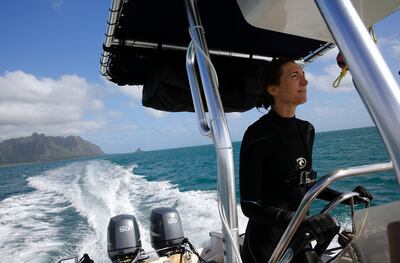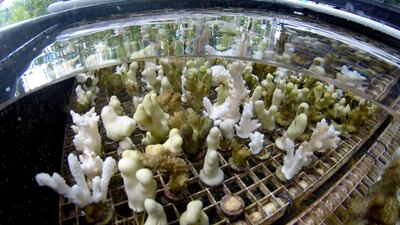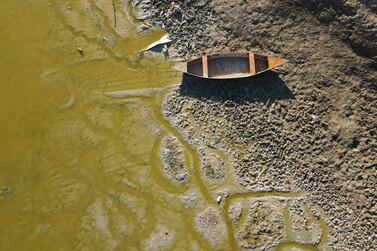As we head into the new year, a primary concern for global economies will be how to deal with climate change. In tackling that question lie plenty of opportunities for private investors.
As countries emerge from the Covid-19 pandemic, climate change is likely to receive a renewed focus. Investors will have a critical role to play, as well as an opportunity to deploy their capital to shape, not just in 2022, but the coming decades.
Investors will need to design a strategy that aims to do both: diversify their investment portfolio as well as protect the planet.


The global ambition is to decarbonise economies and curtail human activity that has a high carbon footprint. This does not require progress or prosperity to end. It does, however, require a realignment of economic activity.
In the UK for example, a study by Cambridge Econometrics estimates that the government’s plan to decarbonise heating in homes would create 44,000 jobs by 2025. Numerous jobs will be lost from the reduced demand for high-carbon fuels but many more will be gained from the increased demand for low-carbon fuels. For this we need more capital to catalyse the changes required and new innovations to be developed. We need to modify existing innovations and invent novel solutions.
November's climate summit of world leaders, Cop-26, should inspire a change in the level of global commitment and action around climate. But we can’t rely solely on conferences, governments, charities or corporations, to address climate change.
Our 2021 Investing for Global Impact survey, which studied data collected from over 300 respondents from 33 countries, revealed that the vast majority (86 per cent) of respondents, including individual investors, family offices and foundations, agreed that private capital will be essential.
We see opportunities for private investors in three areas: addressing energy needs, reducing environmental footprint and conserving biodiversity and the ecology.
When it comes to addressing climate change and energy needs, and to be on track for the Paris Agreement, the world needs to nearly double the existing renewables capacity by 2030, and in doing so, create scale opportunities to deploy capital. At the same time, there are alternative forms of renewables – for example, wave/tidal, geothermal and hydrogen – that require investment to shift from prototype phases to commercialisation.
To reduce our environment footprint, large-scale infrastructure in both first world and developing nations often requires cement and steel, the production of which make up 44 per cent of emissions from industrial sources. To drop the intensity of emissions to acceptable levels by 2050, cement by 85-91 per cent and steel by 93-100 per cent, investment in new technologies is required.
At the same time, buildings and building construction produce over one-third of global energy consumption, and nearly 40 per cent of total direct and indirect carbon emissions. Financing the improvement of ongoing energy efficiency will be critical to meet climate objectives.

Additionally, the current, linear economic model is ineffective in financial, environmental and climate terms. A more circular economy could generate $4.5 trillion in new economic output by 2030. Investors would benefit from this trend.
At the same time, it is of utmost importance to conserve biodiversity and ecology. As has been established, biodiversity is necessary for life. Already human activity has significantly altered 75 per cent of the Earth’s surface. There is a cumulative deterioration across 66 per cent of the oceans, and over 85 per cent of wetlands globally have been lost. Maintaining these natural reserves is an economic imperative.
And to keep up with population growth, food production will have to increase by 70 per cent by 2050. To meet this demand, investment must be made in new technologies that must also reduce negative impacts on the environment.
Finally, the "blue economy” – the sustainable use of the marine environment for economic growth – amounts to about $2.5 trillion each year – making it equivalent to the seventh-largest economy in the world, providing a range of ocean-related industries for investors; from energy generation, fishing/aquaculture to shipping, plastics and tourism.
The manner in which capital will be deployed can be a part of a global solution to climate change. There is still uncertainty about the shape and nature of economic recovery for 2022. What is certain, however, is that as economies emerge from the pandemic, greenhouse gas emissions will increase again. Inevitably, so will the pace of climate change, as it will be driven by renewed human activity.
A corollary from the world fighting the pandemic together is that climate change too needs a united response. Part of that response will be from private investors, who are financially astute, personally moved and looking to deploy their capital. With multiple options open, from 2022 they can invest in, and influence the future to meet a very real threat.






